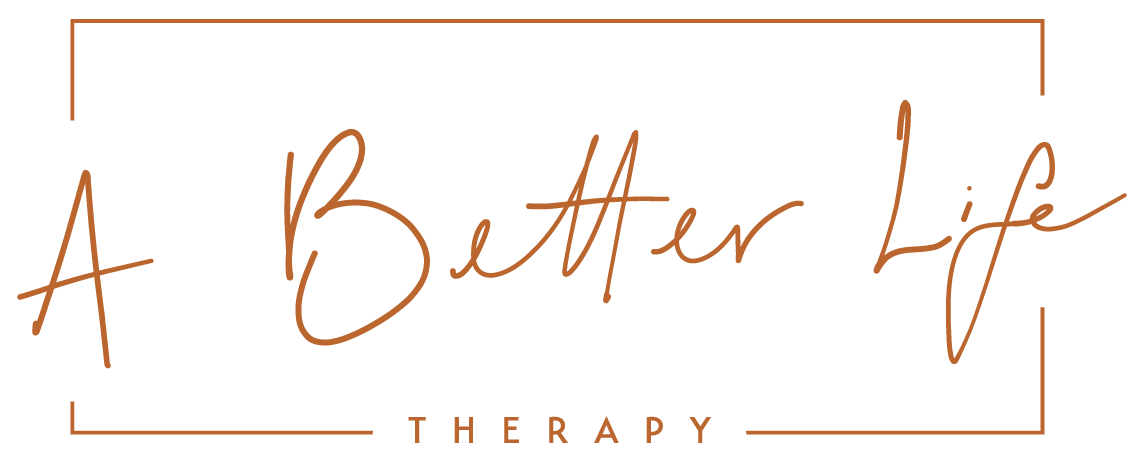Stuck in the Middle
What Triangulation is and How it Impacts our Relationships
By; Kaylee Friedman
“OMG, you will never guess what they just said to me!”
How many of us have gotten this text from a friend or family member and dreaded the tightrope we’re about to be obligated to walk?
When a loved one puts us in the middle of a conflict, it can cause an incredible amount of anxiety, stress, and strain on all the relationships involved.
Triangulation
In psychotherapy, we call that relational pattern ‘triangulation.’
Triangulation is a tactic or process used to avoid confrontation by communicating with a third party instead of directly communicating with the person you’re having a conflict with.
Triangulation is not always inherently good or bad, it can be a useful tool for diffusing anxiety within highly reactive relationships. Bringing a neutral, grounded, third party into a conflict can sometimes be helpful or supportive in the right context.
However, when it is done unconsciously or as a manipulation tactic, bringing a third party into a conflict is a drain on the person who is being triangulated.
Triangulation and Friendships
Triangulation can show up in all of our relationships to varying degrees. One of the most common places we tend to see it happening is within our social circles.
For example, if I am upset with my best friend, and instead of speaking to her directly about it, I go to a mutual friend about it, the mutual friend is being triangulated between the two of us. This helps me reduce my own anxiety, but now I’ve put this mutual friend in the middle of a conflict that doesn’t involve her. This generates tension between her and my best friend, and now she has to do extra emotional labor. The worst part of this dynamic is that the problem doesn’t actually get solved between the parties who originated it.
Triangulation in Social Media
Triangulation also happens a lot on social media when two people have a disagreement and it gets posted about publicly.
Followers become the point of the triangle, and the two people in the conflict communicate with each other indirectly through sub-posting and encouraging flying monkeys. This can help each party feel a little more grounded that there are “people on their side,” but in the long run it creates a culture of distrust, lack of felt sense of safety, and ultimately takes advantage of those being triangulated.
The worst part is that in the end, nothing actually gets solved, and a lot more stress, anxiety, and damage is done to the community along the way.
Pause before getting sucked in
Before you get sucked into other people’s conflicts, it may be worth pausing and asking yourself some of these questions:
Do I have space to participate in this?
Am I being asked permission, or is someone acting entitled to my time, energy, and emotional labor?
Am I in a state of fight or flight mode here?
Is this decision to be involved a reaction or a response on my part?
What is my relationship to the people involved?
Does it feel safe to ask questions?
Some ways to respond to someone who is trying to triangulate you:
“I would love to support you in processing this after you’ve addressed it with them directly.”
“I’m not going to get involved, but I want you to know I love you and I’m sorry you’re having to go through this difficult situation.”
“Thank you for trusting me with this, but I don’t have the emotional space to help.”
“I can see that you’re needing support right now. I can’t participate in this conflict. Is there another way I can support you?”
Note:
**This does not apply to situations of abuse where someone is asking for support or help getting safe.
About the author:
Kaylee Friedman is a therapist practicing in New Jersey. Kaylee sees clients virtually. She specializes in anxiety, trauma, and LGBTQ+ concerns. To read more about Kaylee click here.
A Better Life Therapy
At A Better Life Therapy we believe in the power of therapy to improve mental health and relationships. We serve individuals, couples, and families across Pennsylvania and New Jersey and would be honored to support you in person or online.

